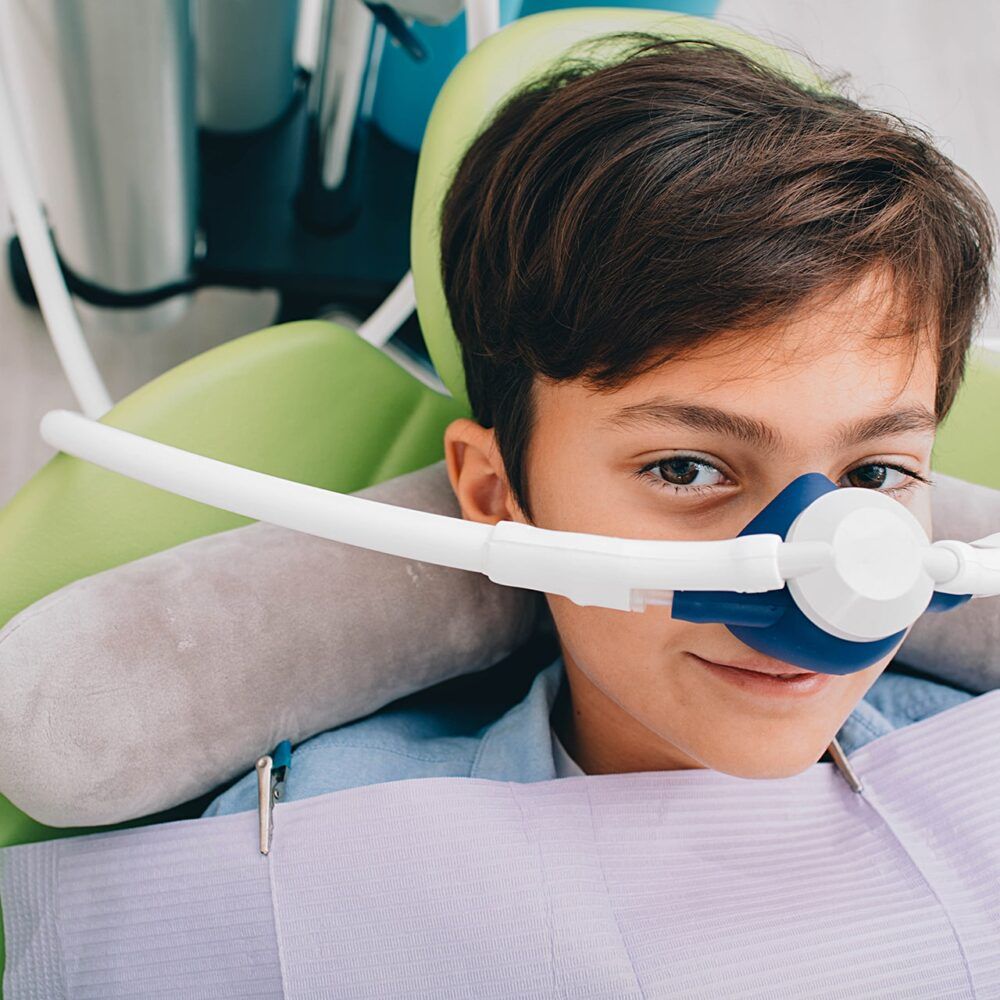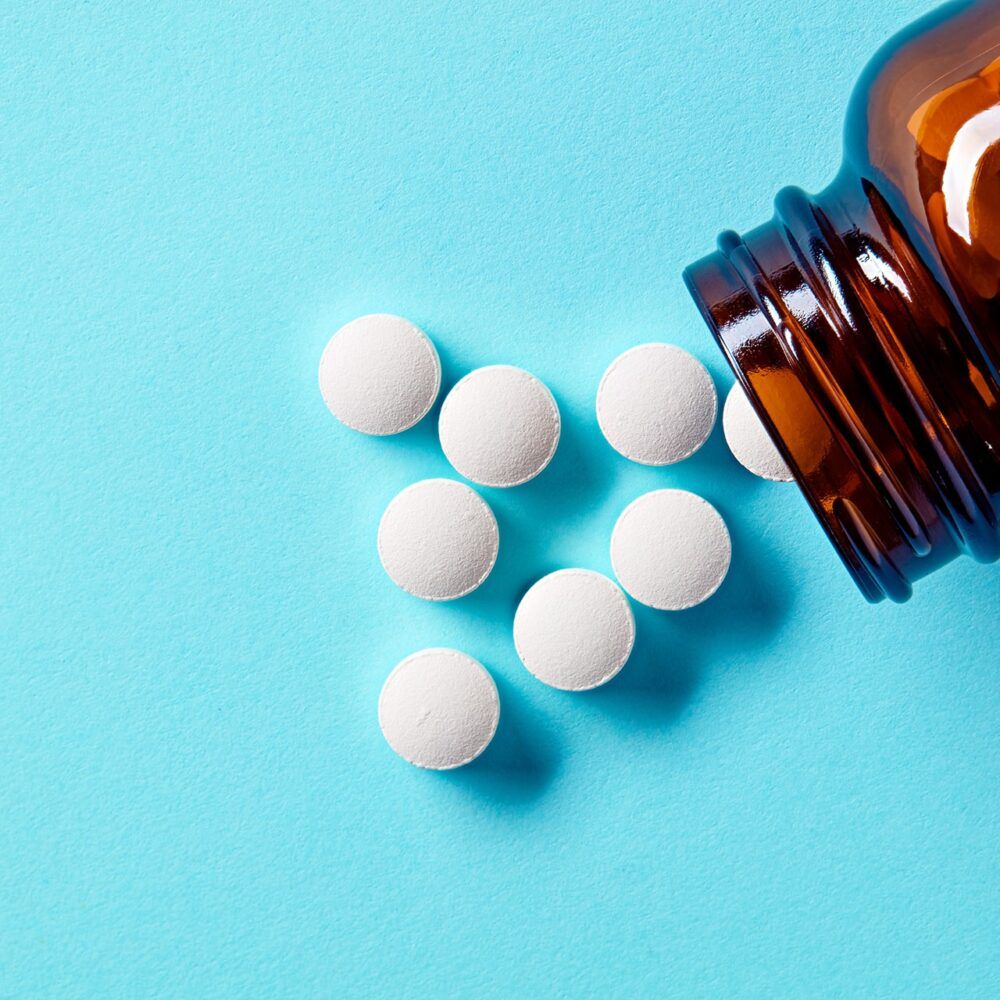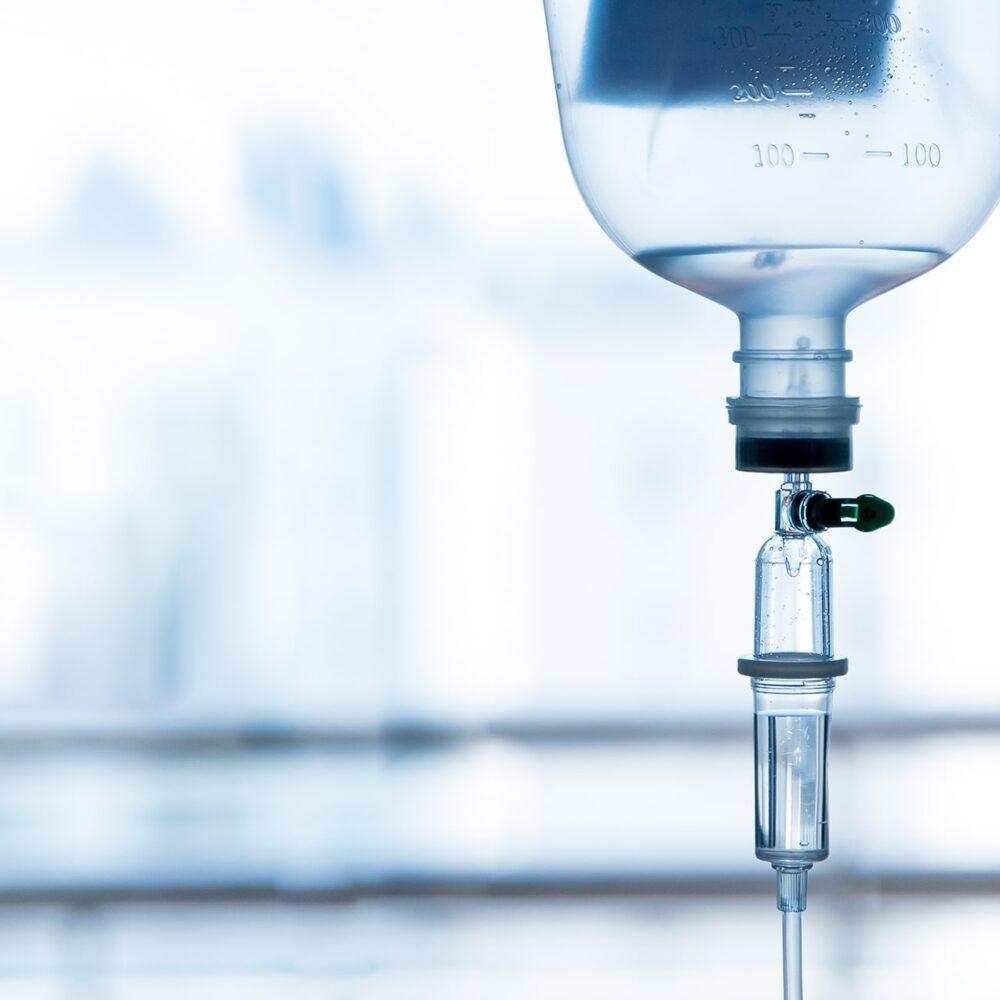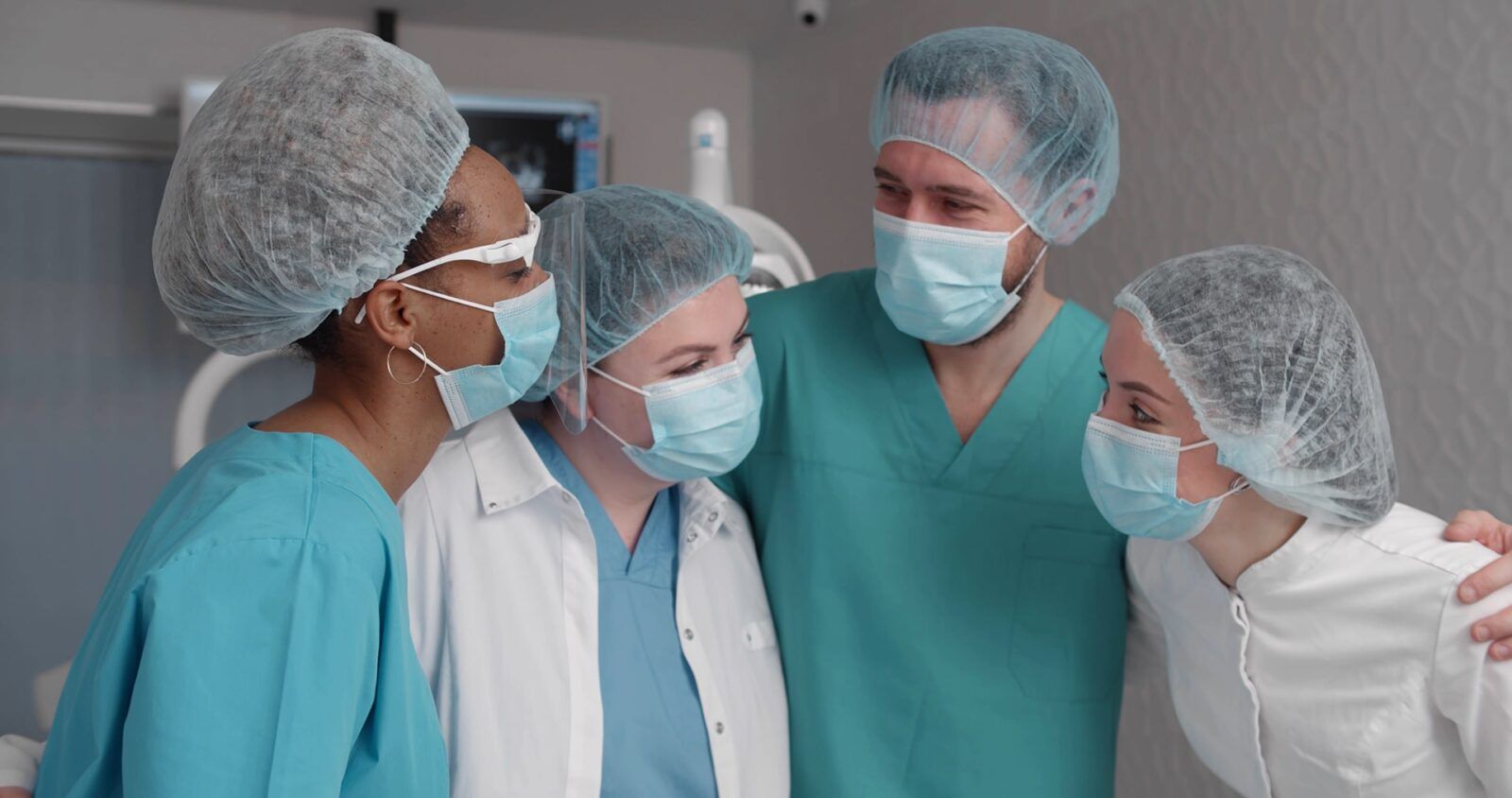Sedation Dentistry in Bradenton, Florida
Many people have a genuine fear of visiting the dentist, often stemming from traumatic past experiences or the mere thought of pain. But what if you could have a dental procedure without feeling anxious? This is where sedation dentistry, a specialty of Dr. Victor Bustos at 3D Dentistry in Bradenton, Florida, can help.
What is Sedation Dentistry?
Sedation dentistry employs medication to help patients relax during dental procedures. It’s sometimes referred to as “sleep dentistry,” though this term isn’t entirely accurate since most patients remain awake unless under general anesthesia.
There are different levels of dental sedation:
- Minimal Sedation: You’re awake but relaxed.
- Moderate Sedation (formerly conscious sedation): You may slur your words and not remember much of the procedure.
- Deep Sedation: You’re on the edge of consciousness but can still be awakened.
- General Anesthesia: You are completely unconscious.
What are my sedation options?
Nitrous Oxide (Laughing Gas)
Often referred to as “laughing gas,” Nitrous Oxide is inhaled through a mask placed over the nose. It helps the patient relax, but they remain awake and can often drive themselves home after the procedure due to the gas’s quick dissipation. This form of sedation is suitable for both adults and children, making it a versatile option for various dental procedures.
- Method: Inhaled through a mask.
- Effect: Relaxes the patient; they remain awake.
- Post-Procedure: Effects wear off quickly; patients can often drive themselves.
- Suitability: Both adults and children.

Oral Sedatives
Oral sedatives, like Valium or Halcion, are taken in pill form before the dental procedure. They are designed to deeply relax the patient, though the patient typically remains awake. Due to the lingering effects of these sedatives, it’s often recommended that the patient has someone else drive them home post-procedure.
- Method: Taken in pill form.
- Effect: Deep relaxation; patients typically remain awake.
- Post-Procedure: Lingering effects; another person should drive the patient.
- Suitability: Primarily adults.

IV Moderate Sedation
IV Moderate Sedation involves the sedative being administered directly into a vein, which allows for an immediate effect and gives the dentist the flexibility to adjust the sedation level as required. Although the patient remains awake, they often remember little or nothing of the procedure afterwards. Due to the profound effects of this sedation type, a patient will need someone to drive them home.
- Method: Administered directly into a vein.
- Effect: Immediate and adjustable; patients might forget the procedure.
- Post-Procedure: Patients need assistance getting home.
- Suitability: Mostly adults and older teens.

General Anesthesia
General Anesthesia is used in situations where the patient needs to be almost or entirely unconscious. It’s particularly beneficial for extensive dental procedures or scenarios where other sedation methods might not be effective. The patient remains unconscious until the anesthesia’s effects wear off or are actively reversed.
- Method: Renders patients almost or fully unconscious.
- Effect: Patient remains unconscious for the duration of its effect.
- Post-Procedure: Requires time for the effects to wear off or be reversed.
- Suitability: Both adults and children, especially during extensive procedures.

Sedation Types Comparison Chart
| Sedation Type | Method | Effect | Post-Procedure | Age Group |
|---|---|---|---|---|
| Nitrous Oxide (Laughing Gas) | Inhaled through a mask. | Relaxes the patient; they remain awake. | Effects wear off quickly; patients can often drive themselves. | Both adults and children. |
| Oral Sedatives (e.g. Valium, Halcion) | Taken in pill form. | Deep relaxation; patients typically remain awake. | Lingering effects; another person should drive the patient. | Primarily adults. |
| IV Moderate Sedation | Administered directly into a vein. | Immediate and adjustable; patients might forget the procedure. | Patients need assistance getting home. | Mostly adults and older teens. |
| General Anesthesia | Renders patients almost or fully unconcious. | Patient remains unconscious for the duration of its effect. | Requires time for the effects to wear off or be reversed. | Both adults and children, especially during extensive procedures. |
What Type of Sedation is Right for Each Age Group?
Children
Nitrous oxide is the most common method for children, given its safety profile and ease of administration. In more complex cases or with particularly anxious children, general anesthesia might be recommended.
Teens
Nitrous oxide and oral sedatives are generally safe. IV sedation might be considered for extensive procedures or significant dental anxieties.
Adults
All types of sedation can be considered, with the choice largely depending on the procedure’s nature and the patient’s comfort level.
Seniors
While all methods can be considered, a thorough health assessment is necessary to ensure there’s no risk of interaction with other medications or exacerbating existing health conditions.
What treatments can use sedation dentistry?
Sedation dentistry can be employed across a range of dental treatments, from routine to complex procedures, depending on the patient’s needs and anxiety levels. Here’s a list of dental treatments where sedation is often considered:
- Routine Cleanings and Examinations: While not common, some people have such severe dental anxiety that they require sedation even for these basic procedures.
- Tooth Extractions: This includes simple extractions and more involved procedures like the removal of wisdom teeth.
- Dental Implants: Surgical insertion of a metal post into the jawbone.
- Root Canal Treatments: A procedure to treat infection within the pulp of a tooth.
- Periodontal Treatments: This includes deep cleaning procedures like scaling and root planing for gum disease.
- Dental Crowns and Bridges: Preparing teeth for and placing restorative prosthetics.
- Dentures: Especially when extractions are involved or when adjusting to immediate dentures.
- Fillings: Treating cavities or replacing old fillings.
- Cosmetic Procedures: This can include treatments like veneers or bonding.
- Orthodontic Procedures: Such as the placement of braces or other corrective devices.
- Bone Grafting or Sinus Lifts: Surgical procedures often done in preparation for dental implants.
- Dental Surgeries: For instance, corrective jaw surgeries or biopsies of oral lesions.
- Pediatric Dentistry: Sedation can be beneficial for children who are particularly nervous or uncooperative during dental treatments.
It’s crucial to note that the need for sedation dentistry is not solely based on the complexity or simplicity of the procedure. Factors like patient anxiety levels, pain threshold, and previous traumatic dental experiences play a significant role in deciding whether sedation is appropriate. Dr. Bustos will discuss potential sedation options and their suitability based on individual patient needs and the procedure at hand.
Sedation FAQ With Dr. Victor Bustos
What is the safest form of sedation for dental procedures?
All forms of sedation used at 3D Dentistry are deemed safe when administered correctly. The “safest” form often depends on the patient’s health, age, and the procedure. Nitrous oxide is commonly used due to its mild effects and quick dissipation.
Will I be completely unconscious during the procedure with sedation dentistry?
Not necessarily. While general anesthesia can make you fully unconscious, other methods like nitrous oxide and oral sedatives only relax you. You may be drowsy, but often you’ll remain awake and responsive.
Can I drive home after undergoing sedation dentistry?
For mild sedation like nitrous oxide, you might be able to drive home. However, with stronger sedatives or anesthesia, you’ll need someone to drive you home post-procedure. Always consult with the dentist before making any decisions.
Benefits of Sedation for Dental Procedures
There are multiple reasons someone might opt for sedation during their dental procedure:
- Dental Anxiety: For patients with a dental phobia, sedation can help them stay calm and comfortable during their appointment.
- Low Pain Threshold: Some people cannot tolerate much pain, and sedation ensures a painless experience.
- Bad Gag Reflex: Sedation can be beneficial if you have a strong gag reflex.
- Sensitive Teeth: Sedation can make procedures more comfortable.
- To Get More Done in Fewer Appointments: For extensive dental procedures, sedation can allow you to remain comfortable while the dentist tackles more work in one go.
Why Choose 3D Dentistry for Sedation Dentistry?

At 3D Dentistry in Bradenton, Florida, Dr. Bustos is well-versed in sedation dentistry. Here’s why many patients trust Dr. Bustos for their sedation dental needs:
- Expertise and Training: Dr. Bustos has undergone specialized training in sedation dentistry, ensuring safety and comfort for his patients.
- Customized Care: Every patient is unique. Dr. Bustos tailors the sedation method to the specific needs and concerns of each individual.
- State-of-the-Art Facility: 3D Dentistry is equipped with the latest tools and technology, ensuring the best possible care for patients.
- Compassionate Staff: The team at 3D Dentistry understands the anxieties patients may have. They provide a warm and welcoming environment, making sure patients feel at ease from the moment they walk in.
Safety First
One primary concern many have about sedation dentistry is safety. With Dr. Bustos and his team, you’re in expert hands. Before the procedure, they will conduct a thorough medical history check and discuss the sedation options, ensuring the chosen method is safe and suitable for you.
Transform Your Dental Experience
If the mere thought of a dental appointment makes your heart race, it might be time to consider sedation dentistry. With the expertise of Dr. Victor Bustos at 3D Dentistry in Bradenton, Florida, you can transform your dental visits into a stress-free, comfortable experience.
Don’t let dental anxieties keep you from achieving the perfect smile. Reach out today to see how Dr. Bustos can make your dental procedure a pleasant one. Call (941) 253-2300 to book your appointment. Your comfort and oral health are our top priorities.

